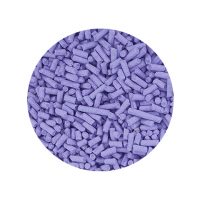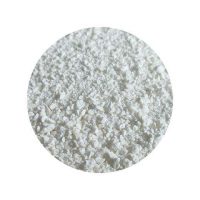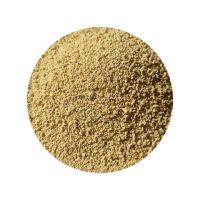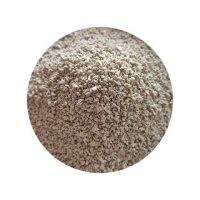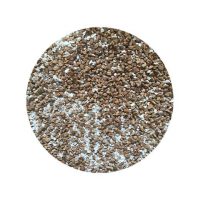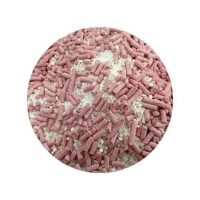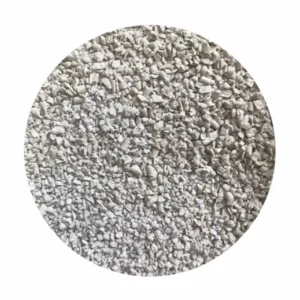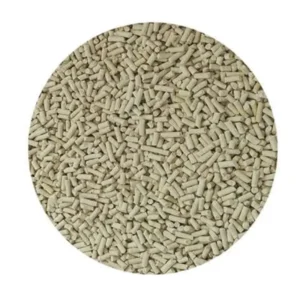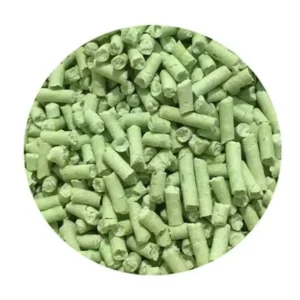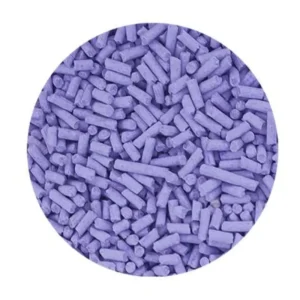As responsible cat owners, we often wonder about the environmental impact of our daily choices. One such concern is the type of litter we use for our feline friends. With a plethora of options available, it’s natural to question: Is cat litter bad for the environment?
Let’s dive into this topic to explore the environmental implications of different litter types and discover eco-friendly alternatives.
Environmentally Friendly Cat Litter
As cat owners, we strive to provide the best for our feline friends. This includes considering the environmental impact of our choices, like the type of cat litter we use.
Why Eco-Friendly Cat Litter Matters
Traditional clay-based cat litters often involve mining, processing, and transportation, which can be resource-intensive and contribute to pollution. Additionally, these litters are not biodegradable, adding to landfill waste.
Eco-Friendly Cat Litter Alternatives
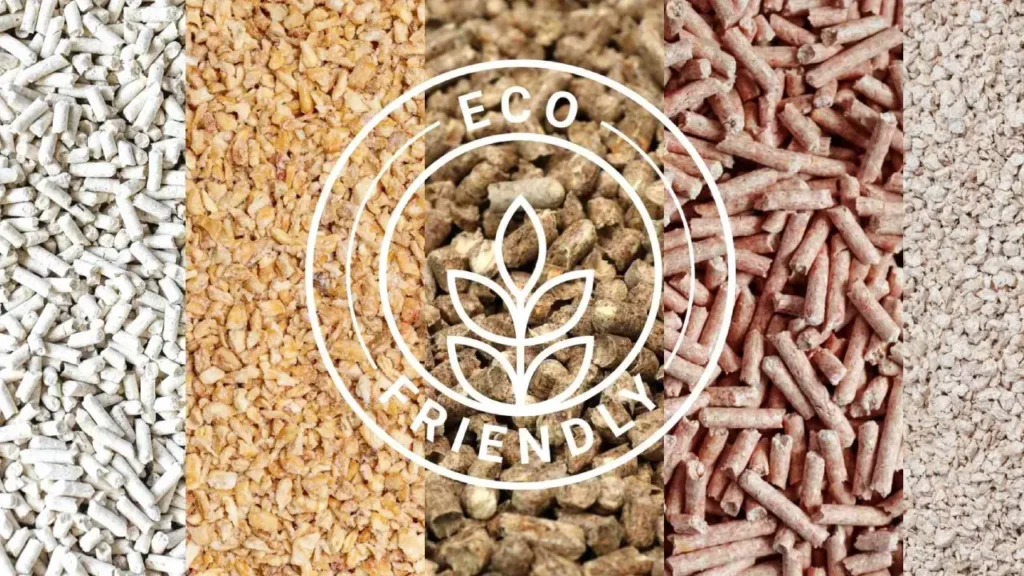
Traditional clay-based cat litter can have a significant environmental impact due to mining, processing, and disposal. To reduce your carbon pawprint, consider these eco-friendly alternatives:
Plant-Based Litters
- Soybean-Based (Tofu) Litter: Made from soybean curds, this litter is biodegradable and often flushable. It’s gentle on your cat’s paws and effective at controlling odors.
- Cornstarch Litter: This litter is made from natural corn sources, making it biodegradable and renewable. It offers good clumping and odor control.
- Wheat-Based Litter: This litter is another biodegradable option that can be effective at controlling odors. It’s gentle on your cat’s paws and can help reduce tracking.
Paper-Based Litters
- Recycled Paper Litter: Made from recycled paper, this litter is a sustainable choice. It’s often low-dust and can be effective at controlling odors.
- Wood Pulp Litter: This litter is made from sustainably sourced wood pulp and is biodegradable. It’s often soft on your cat’s paws and can provide good odor control.
Other Eco-Friendly Options
- Crystal Cat Litter: While not biodegradable, crystal litter is highly absorbent and can last longer, reducing the overall amount of litter used.
- Natural Clay Litters: Some clay-based litters are mined from sustainable sources and may have a lower environmental impact than traditional clay litters.
When choosing an eco-friendly litter, consider the following factors:
- Clumping ability: A good clumping litter makes cleanup easier.
- Odor control: Effective odor control is essential for a pleasant home environment.
- Dust level: Low-dust litter is better for your cat’s respiratory health and your home’s air quality.
- Your cat’s preferences: Some cats prefer certain textures or scents.
By making a conscious choice to use eco-friendly cat litter, you can reduce your environmental impact and contribute to a healthier planet.
Is Cat Litter Bad for the Environment?
The truth is, traditional cat litter, particularly clay-based, can have a significant negative impact on the environment.
Here’s a breakdown of the environmental issues associated with traditional cat litter:
Mining and Processing
- Resource Depletion: Clay-based litters often require mining, which can deplete natural resources and damage the environment.
- Energy Consumption: The mining, processing, and transportation of cat litter contribute to greenhouse gas emissions.
Landfill Impact
- Non-Biodegradable: Traditional clay-based litter is not biodegradable, meaning it takes centuries to decompose in landfills.
- Landfill Space: Non-biodegradable litter contributes to landfill overcrowding.
Water Pollution
- Flushing Cat Litter: Flushing cat litter, even if labeled “flushable,” can clog pipes and harm aquatic ecosystems.
Eco-Friendly Alternatives
Fortunately, there are more environmentally friendly cat litter options available:
- Plant-Based Litters: Made from materials like wheat, corn, or paper, these litters are biodegradable and often compostable.
- Recycled Paper Litters: These litters are made from recycled paper products and are a sustainable choice.
- Crystal Litters: While not biodegradable, crystal litters are highly absorbent and can last longer, reducing the overall amount of litter used.
By choosing a more eco-friendly cat litter, you can reduce your carbon footprint and help protect the planet.
Remember: Always check local regulations and guidelines for proper disposal of cat litter, especially if you’re considering flushing it.
Is Clay Cat Litter Bad for the Environment?
Yes, clay cat litter can hurt the environment.
Here’s a breakdown of the environmental issues associated with clay cat litter:
- Mining and Processing:
- Resource Depletion: Clay-based litters require mining, which depletes natural resources and damages the environment.
- Energy Consumption: The mining, processing, and transportation of cat litter contribute to greenhouse gas emissions.
- Landfill Impact:
- Non-Biodegradable: Clay-based litter is non-biodegradable, meaning it takes centuries to decompose in landfills.
- Landfill Space: Non-biodegradable litter contributes to landfill overcrowding.
- Water Pollution:
- Flushing Cat Litter: Flushing cat litter, even if labeled “flushable,” can clog pipes and harm aquatic ecosystems.
To minimize the environmental impact of cat litter, consider using more eco-friendly options like:
- Plant-based litters: Made from biodegradable materials like wheat, corn, or paper.
- Recycled paper litters: Made from recycled paper products.
- Crystal litters: While not biodegradable, they can last longer, reducing the overall amount of litter used.
By making a conscious choice about your cat’s litter, you can reduce your environmental footprint and contribute to a more sustainable future.
Is Silica Cat Litter Bad for the Environment
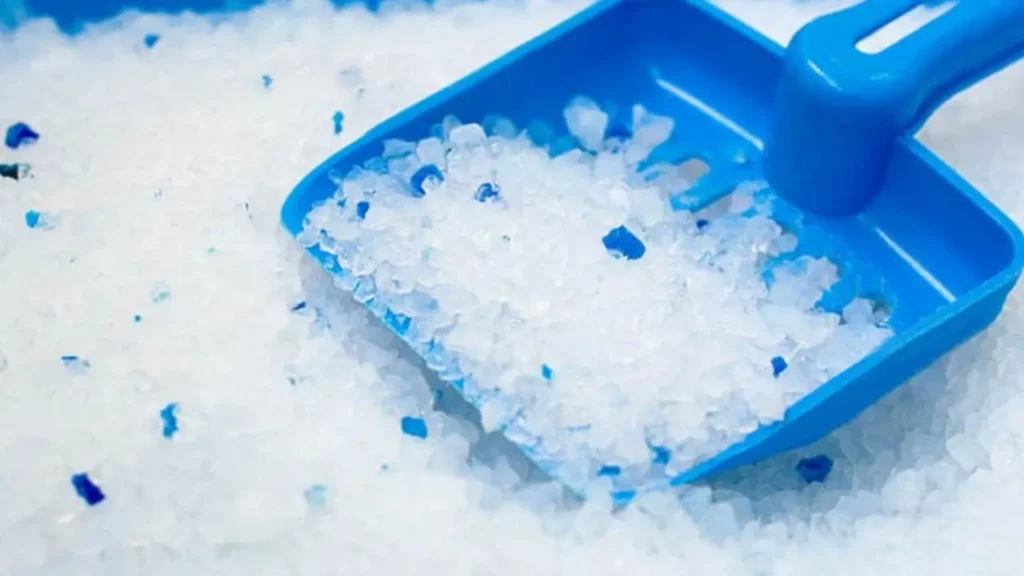
While silica cat litter offers many benefits, such as excellent odor control and low-tracking, it can have a negative impact on the environment.
Here’s why:
1. Mining and Processing:
- Resource Depletion: Silica gel, the primary component of silica cat litter, is mined from natural resources. This process can lead to habitat destruction, water pollution, and soil erosion.
- Energy Consumption: The mining, processing, and transportation of silica cat litter contribute to greenhouse gas emissions.
2. Non-Biodegradable:
- Silica gel is non-biodegradable, meaning it takes a very long time to decompose in landfills. This contributes to landfill waste and pollution.
3. Potential for Inhalation:
- Silica dust can be harmful if inhaled, especially in large quantities. While silica cat litter is designed to minimize dust, it’s still important to handle it carefully.
If you’re concerned about the environmental impact of your cat litter, you may want to consider more eco-friendly options like plant-based or recycled paper litters. These options are often biodegradable and have a lower environmental footprint.
Is Crystal Cat Litter Environmentally Friendly
No, silica crystal cat litter is not environmentally friendly.
While it offers excellent odor control and low-tracking, it has several drawbacks:
- Non-Biodegradable: Silica gel, the primary component, is non-biodegradable, meaning it takes a very long time to decompose in landfills.
- Mining and Processing: The mining and processing of silica sand require significant energy and can have environmental impacts, such as habitat destruction and water pollution.
If you’re looking for a more eco-friendly option, consider plant-based or recycled paper litters. These are often biodegradable and have a lower environmental impact.
How to Dispose of Cat Litter Environmentally Friendly
Proper disposal of cat litter is crucial for both environmental health and public hygiene. Here are some eco-friendly tips:
1. Choose Eco-Friendly Litter:
- Plant-Based Litters: Made from biodegradable materials like wheat, corn, or recycled paper.
- Flushable Litters: Ensure they are specifically labeled as flushable and follow local regulations.
2. Proper Disposal:
- Traditional Disposal:
- Bag it Up: Scoop the used litter into a strong, sealable bag.
- Secure the Bag: Tie the bag tightly to prevent leaks and odors.
- Dispose in Trash: Place the bag in your regular household trash.
- Composting (Biodegradable Litter Only):
- Check Local Regulations: Ensure composting cat litter is allowed in your area.
- Hot Composting: The compost pile must reach high temperatures to kill pathogens.
- Separate Waste: Scoop out solid waste and dispose of it separately.
- Compost the Litter: Add the remaining biodegradable litter to your compost pile.
3. Flushing Cat Litter:
- Check Local Regulations: Some areas prohibit flushing cat litter, even if it’s labeled as flushable.
- Use Flushable Litter: Only use litter specifically designed for flushing.
- Flush in Small Amounts: Flush small amounts at a time to avoid clogging pipes.
4. Avoid Flushing Non-Flushable Litter:
- Harmful to Plumbing: Non-flushable litter can clog pipes and damage septic systems.
By following these guidelines, you can minimize the environmental impact of your cat’s litter and ensure a clean and healthy home.
How to Choose Best Environmentally Friendly Cat Litter
When selecting an eco-friendly cat litter, consider these key factors:
1. Material:
- Plant-Based: Opt for litters made from natural, biodegradable materials like corn, wheat, or wood pulp. These break down naturally and have a minimal environmental impact.
- Recycled Paper: This is a sustainable choice that reduces waste and conserves resources.
2. Clumping vs. Non-Clumping:
- Clumping: Offers better odor control and easier cleanup. Look for plant-based clumping options.
- Non-Clumping: While less convenient, it can be more environmentally friendly if it’s made from natural, biodegradable materials.
3. Odor Control:
- Natural Odor Control: Look for litters that use natural ingredients like baking soda or activated charcoal to control odors.
- Avoid Artificial Fragrances: These can be harmful to your cat’s health and the environment.
4. Dust:
- Low-Dust: Choose low-dust options to reduce respiratory issues for both you and your cat.
5. Flushability:
- Check Local Regulations: Not all flushable litters are suitable for all plumbing systems.
- Use with Caution: Even flushable litters can contribute to sewer problems if flushed in large quantities.
6. Your Cat’s Preferences:
- Texture: Some cats prefer a fine-grained texture, while others prefer a coarser one.
- Scent: While natural scents are generally safer, avoid strong artificial fragrances.
Additional Tips:
- Read Product Labels: Look for certifications like “biodegradable” or “compostable.”
- Consider Your Local Waste Disposal: Check your local regulations for proper disposal of cat litter.
- Try Different Brands: It may take some time to find the perfect litter for your cat’s preferences and your environmental goals.
By making informed choices, you can reduce your carbon pawprint and provide a healthy and sustainable environment for your feline friend.
Conclusion
While traditional cat litter can hurt the environment, there are eco-friendly alternatives that can help reduce your carbon pawprint. By choosing biodegradable, sustainable, and low-impact litter options, you can contribute to a healthier planet for your feline friend and future generations.
Ready to make a difference?
Choose an environmentally friendly cat litter from [Your Brand Name]. Our products are designed to keep your cat happy and healthy, while minimizing your environmental impact.
Together, we can make a positive impact on the planet, one litter box at a time.


